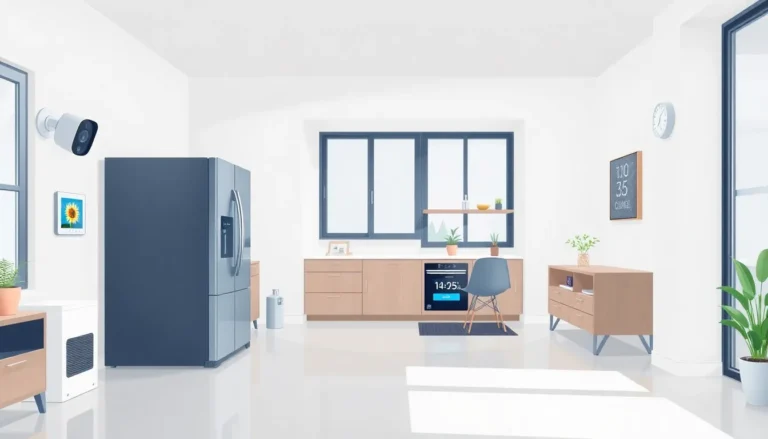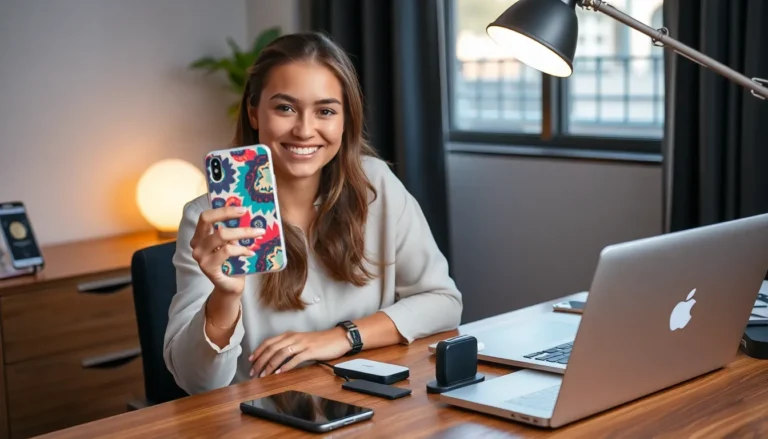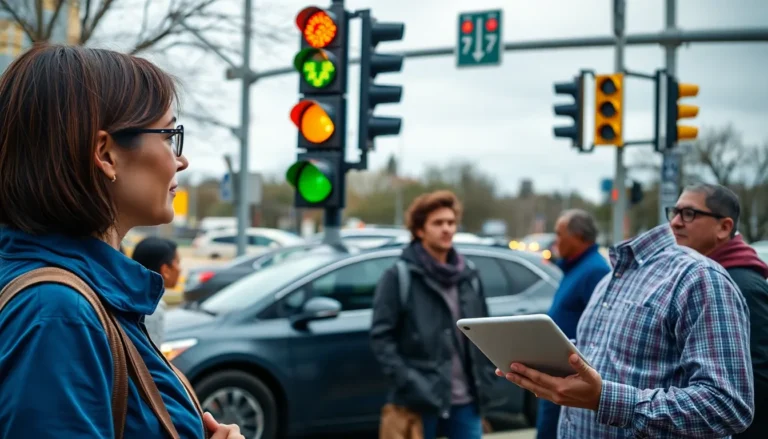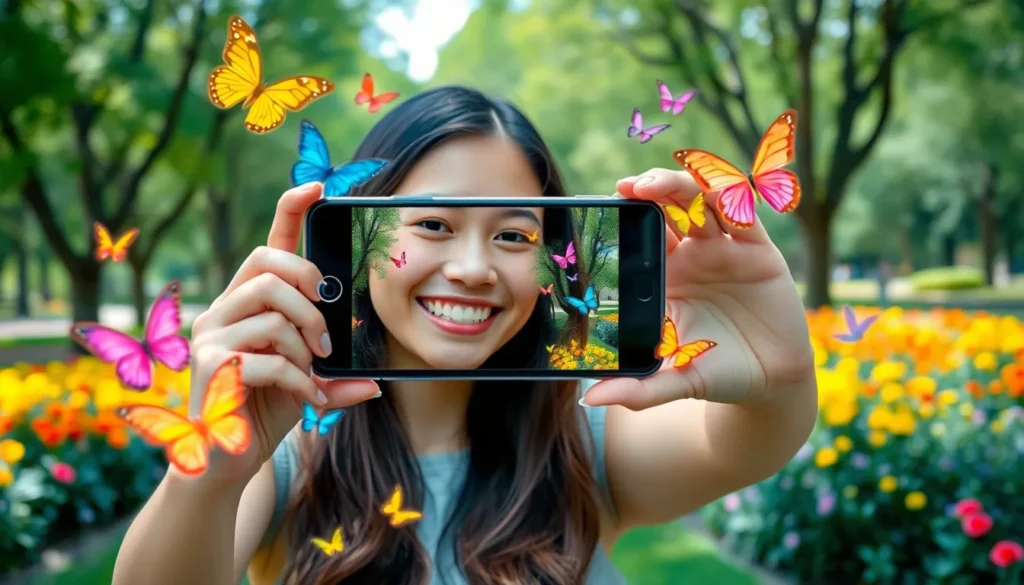Table of Contents
ToggleImagine snapping a photo that not only captures the moment but also adds a sprinkle of magic right before your eyes. Augmented reality photography does just that, transforming ordinary snapshots into extraordinary experiences. It’s like having a personal wizard in your pocket—no wand required!
In a world where everyone’s vying for likes and shares, AR photography takes creativity to a whole new level. With just a swipe, users can overlay digital elements onto their images, making their feeds pop and leaving their friends wondering if they’ve just entered a new dimension. Whether it’s a playful unicorn photobombing your vacation pic or a futuristic cityscape in your backyard, the possibilities are endless. Get ready to explore how this innovative technology is revolutionizing the way we capture and share life’s most memorable moments.
Understanding Augmented Reality Photography
Augmented reality photography merges digital elements with traditional images, creating an interactive visual experience. This innovative approach captivates users, allowing them to enhance their photos in imaginative ways.
What Is Augmented Reality?
Augmented reality overlays digital graphics onto real-world environments. It uses devices like smartphones or AR glasses to project computer-generated images onto the user’s view. This interaction creates an enhanced visual narrative that feels immersive and engaging. Users can manipulate digital objects, adding layers of creativity to their photography. Popular applications, such as Snapchat and Instagram, offer AR filters that allow users to play with various effects, transforming how people capture moments.
The Evolution of Photography in the Digital Age
Photography has dramatically evolved with the advent of digital technology. Traditional film cameras gave way to digital cameras and smartphones, making photography accessible. Social media platforms revolutionized sharing, enabling instant visibility for photographs. The emergence of augmented reality further pushes the boundaries, allowing for more creativity in composition. Users now combine real life with virtual enhancements, leading to a new genre of photography that prioritizes interaction and engagement. As technology continues to advance, AR photography stands at the forefront of this evolution.
The Technology Behind Augmented Reality Photography
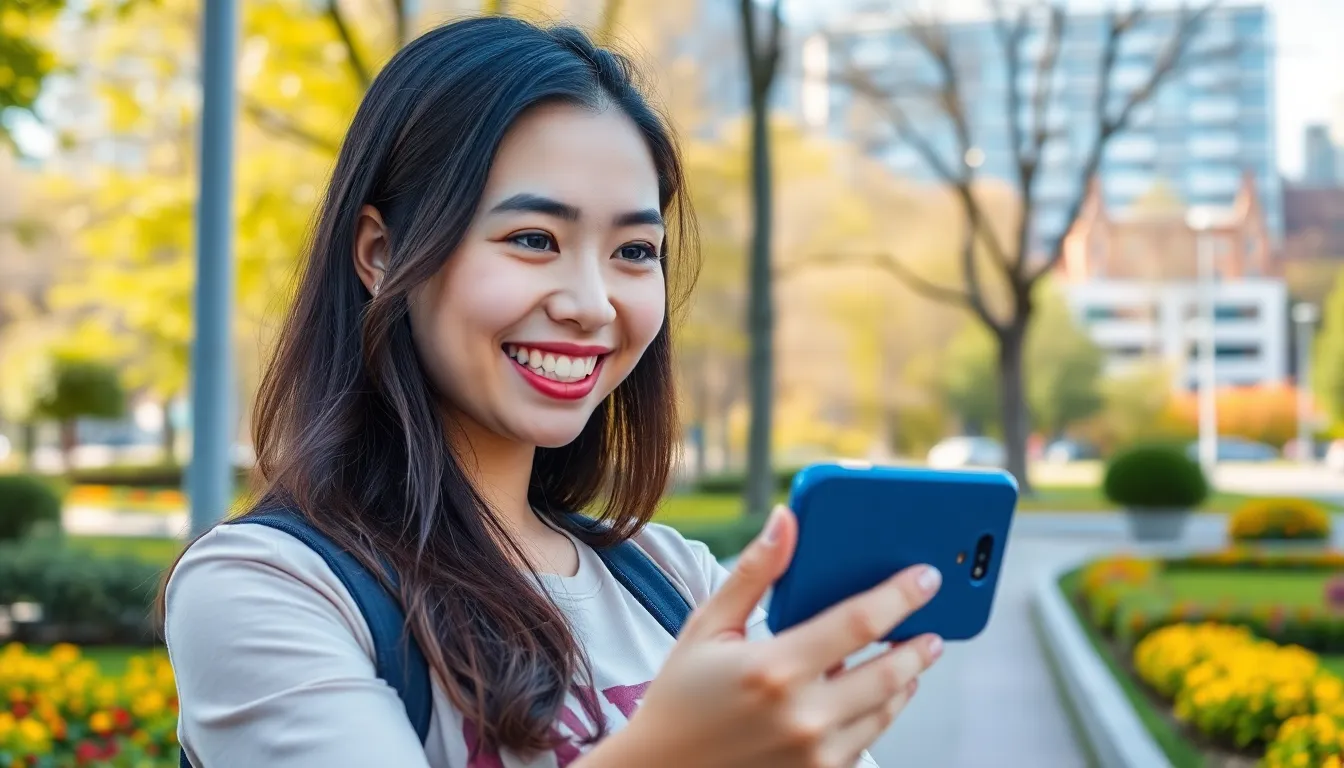
Augmented reality photography integrates digital images with real-world photography, creating an interactive viewing experience. This technology relies on a combination of sophisticated components.
Key Components of AR Technology
Sensors gather data about the user’s environment and position, ensuring accurate placement of digital elements. Cameras enable the capturing of the surrounding world, which serves as the backdrop for overlays. Processing units interpret data, rendering graphics in real time. Additionally, displays present these visuals, allowing users to see augmented features seamlessly integrated into their photos. Tracking technology identifies surfaces, defining where digital elements should appear, while computer vision enhances the overall experience by recognizing objects and their spatial context.
The Role of Smartphone Apps
Smartphone apps play a crucial role in making augmented reality photography accessible. Users download applications like Snapchat and Instagram to access a variety of AR filters and effects. Such apps leverage the device’s camera and processing power to apply digital enhancements instantly. The user interface in these apps is designed for easy navigation, encouraging exploration of creative opportunities. Tutorials within the apps guide users on incorporating AR elements into their photography, fostering creativity and engagement. Enhanced graphics in these mobile applications allow users to share unique experiences effortlessly across social media platforms.
Applications of Augmented Reality Photography
Augmented reality photography offers innovative ways to capture and share experiences. Its applications span various domains, including creative expression and practical industry uses.
Enhancing Creative Expression
Artists and photographers leverage augmented reality to push the boundaries of creativity. They use AR tools to overlay captivating graphics onto traditional images. This technology transforms ordinary photos into engaging visual narratives, making it easier to communicate artistic ideas. Users can experiment with filters and effects to create unique styles that resonate with their audience. Social media platforms like Instagram and Snapchat empower users to showcase their AR-enhanced creations, inviting interaction and feedback. Photographers find new avenues for storytelling, utilizing layered experiences that resonate on emotional levels.
Practical Uses in Various Industries
Different industries incorporate augmented reality photography to enhance productivity and engagement. In real estate, agents use AR to showcase properties, allowing potential buyers to virtually explore homes. Marketing teams create immersive campaigns that captivate consumers through interactive advertisements. Education benefits from AR photography, enabling students to engage with learning materials in interactive ways. Healthcare professionals utilize AR for training simulations, enhancing skills without the risks associated with traditional methods. Each application of this technology demonstrates its versatility and potential impact across diverse fields.
Tips for Capturing Stunning Augmented Reality Photos
Capturing stunning augmented reality photos involves the right tools and techniques to effectively blend digital elements with real-world imagery.
Choosing the Right Tools and Apps
Selecting appropriate tools and applications greatly influences the quality of AR photography. Popular options include Snap Camera, Instagram, and Adobe Aero, which offer various features tailored for enhancing photos. Opt for apps that allow easy manipulation of overlays and provide a wide range of filters. Devices also play a crucial role; smartphones equipped with advanced cameras enhance the AR experience. Assess the app’s user interface and tutorials, ensuring they support creative exploration.
Techniques for Optimal Results
Utilizing effective techniques significantly improves AR photo quality. Experiment with lighting conditions, as natural light enhances image clarity. Position subjects in a way that integrates digital elements seamlessly. Focus on composition to balance AR elements with real-world surroundings. Adjust scale and orientation to ensure overlays appear natural. Capture multiple shots for comparison, helping to identify the most visually appealing images. Finally, review edits in AR applications to fine-tune elements and create stunning visual outcomes.
Augmented reality photography is redefining how users capture and share their experiences. By merging the physical and digital realms it opens up a world of creative possibilities. As technology continues to evolve the tools available for AR photography will only become more sophisticated and accessible.
This innovative approach not only enhances personal expression but also finds applications across various industries. From marketing to education AR photography is transforming visual storytelling and engagement. As more individuals embrace this technology the future of photography promises to be more interactive and immersive than ever before.

